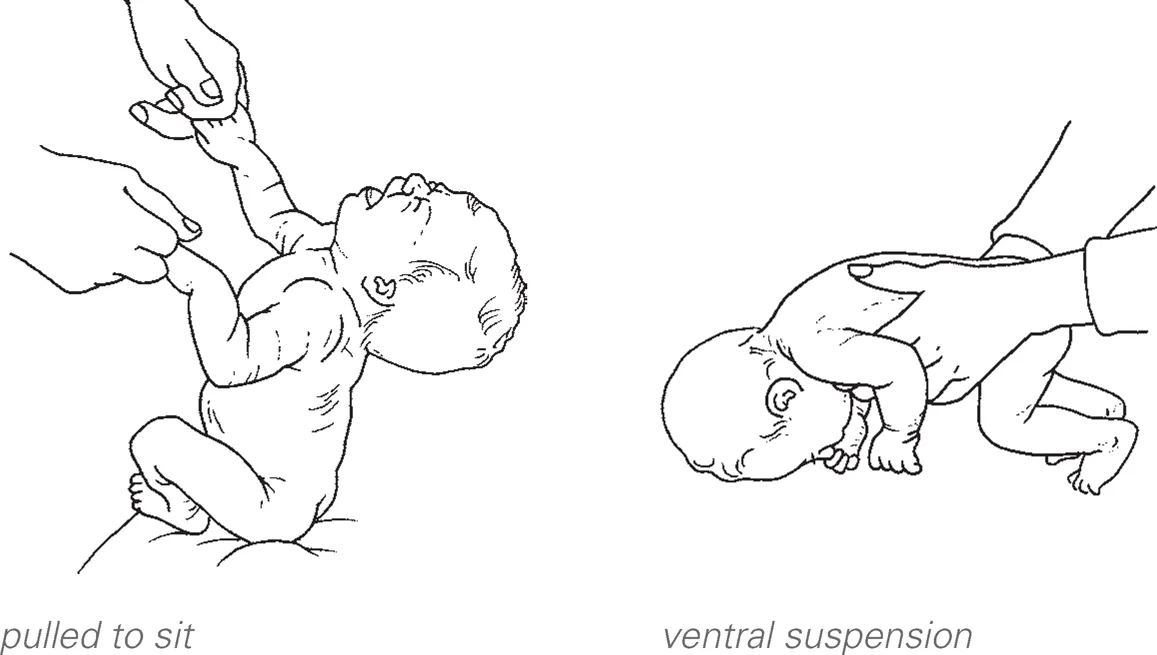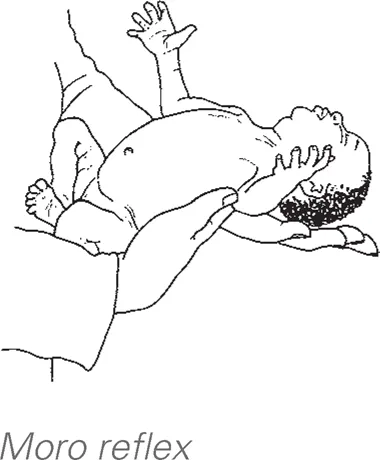
Mary Sheridan's From Birth to Five Years
Children's Developmental Progress
Ajay Sharma, Helen Cockerill
- 144 pages
- English
- ePUB (adapté aux mobiles)
- Disponible sur iOS et Android
Mary Sheridan's From Birth to Five Years
Children's Developmental Progress
Ajay Sharma, Helen Cockerill
À propos de ce livre
From Birth to Five Years, based on the pioneering work of Mary Sheridan, is widely regarded as the go-to reference for health, education and social care professionals, or anyone concerned with the developmental progress of pre-school children.
In this new fourth edition, the text has been developed to further align it with current child development philosophies and practices, and to support the wider group of professionals that are now required to take steps for promoting children's development as part of their assessment and management plans. This book aims to improve the clinical management of children with developmental disorders, through providing the full range of developmental attainments, methods of observation, and advice about when to seek help.
Features of this completely revised edition include:
-
- For students and tutors – information on theoretical aspects of development, with further reading suggestions and references including the most recent international studies in the field
-
- A new section on the development of attention and self-regulation
-
- Contemporary case studies with guidance on when to raise concerns for students and teachers
-
- Discussion points to stimulate class debate
To complement this book, a new companion volume, From Birth to Five Years: Practical Developmental Examination, offers a step-by-step 'how to' guide, including guidance on enquiry and observation, how to chart typical and atypical patterns, and 'red flags' for recognising significant delay or abnormality.
To consolidate and expand on the practical and theoretical information across both books, a new companion website is available at www.routledge.com/cw/sharma, which includes the following additional learning material:
-
- An interactive timeline of the key developmental domains
-
- Introductions to theory with links to further reading
-
- Research summaries
-
- Video clips demonstrating practical assessment skills
Foire aux questions
Informations
Illustrated charts of children's developmental progress
The Newborn Baby
Alertness and responsiveness
- The first few days of a baby's life are usually composed of long periods of sleep interspersed with short periods when the baby is awake.
- The duration of wakefulness lengthens gradually and includes periods of fretfulness, crying and calmness.
- The responsiveness of the baby depends on the state of sleep or wakefulness (Brazelton and Nugent 1995).
Posture and large movements
- At birth, due to weak muscles, movements are mainly limited to arms and legs. The muscle tone is increased in the limbs and decreased in trunk and neck — when pulled to sitting, marked head lag is present and in a supported sitting position, the back is curved, and the head falls forward.
- Arms and legs are kept semi-flexed when lying on back (supine). However, babies born after breech presentation usually keep their legs extended.
- When the infant is held in ventral suspension, the head drops below the plane of the body, and the arms and legs are kept partly flexed.
- In prone position (on the abdomen), the head is promptly turned sideways. The buttocks are humped up, with the knees tucked under the abdomen. The arms are close to the chest with the elbows fully flexed.

The primitive reflexes

- The Moro reflex is the best known of all the primitive reflexes. It can be produced in several ways. The usual method is by sudden, slight (2.5 centimetres) dropping of the examiner's hand supporting the baby's head. The response consists of symmetrical wide abduction of the arms and opening of the hands. Within moments, the arms come together again, simulating an embrace. The reflex fades rapidly and is not normally present after 6 months of age.
- Reflex rooting and sucking behaviour is apparent unless the baby has just been fed. Infants show nutritive sucking for feeding and non-nutritive sucking patterns (self-calming on fingers or dummies). Rooting fades by 6 months and involuntary sucking by 12 months.
- Protective gag and cough reflexes are also present, and these persist throughout life.
- Strong and symmetrical palmar grasp reflex is present but fades rapidly over the next 4 to 5 months.
- Reflex standing and reflex walking are apparent during the early weeks of life if the feet are placed on a firm surface.

Hearing and vision
- Babies are sensitive to light and sound at birth though visual responsiveness varies. From birth onwards, or within a few days, infants turn their eyes towards a large and diffuse source of light and close their eyes to sudden bright light. Infants show a preference for looking at faces or patterns. Visual acuity is poor at birth (20/200), rapidly reaching adult values of 20/20 by the end of first year. An object or face must be brought to a distance of 30 centimetres to obtain interest and fixation. Infants usually turn their eyes to slowly follow a face.
- Infants can hear sounds in the last few months of pregnancy and show recognition of the mother's voice and of their native language soon after birth.
- The startle reaction to sudden loud sounds is present. Eyes may be turned towards a nearby source of continued sound, such as a voiced ‘ah-ah’ or a bell. Momentary stilling to weaker, continuous sounds is also seen.
Touch, smell and taste
Social interaction
- Within a few days of birth, infants establish interaction with their carers through eye contact, spontaneous or imitative facial gestures (protruding their tongue or pouting their mouth) and modulation of their sleep-wakefulness state. They show some recognition of their mother's smell and voice by becoming more relaxed, settled and happy.
- Patterns of interaction and subtle indications of individuality shown by babies from birt...